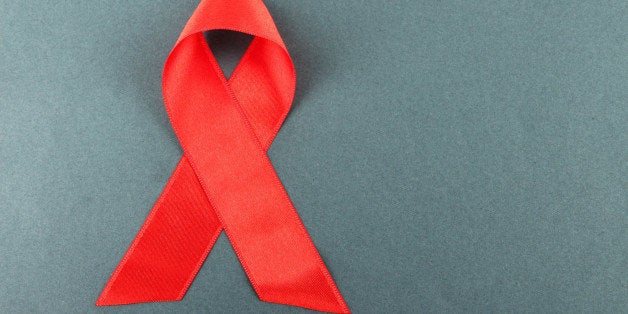
"I've come to a point in my life where I feel comfortable sharing something very private about myself. In July 2015, I was diagnosed as HIV positive. Those closest to me know that it was the scariest and most terrifying moment of my young life."
He continued: "I am shocked to see that in a community that is often discriminated against that we ourselves hold such a double standard on those who are HIV positive. Whether you know it or not, you've likely encountered someone who is like me. I'm sharing my story today for two reasons. One is to help to erase the stigma around HIV and those affected with the disease and the other is be there for anyone going through it."
Recently a young man I know personally shared this post on Facebook to all his friends.
I was proud of my young friend - his conviction, bravery and desire to help support others. The post also served as a stark reminder that the fear around HIV and AIDS is still very real today for young people as well as the harassment and isolation that people face.
This Sunday, April 10 is National Youth HIV & AIDS Awareness Day. This annual event encourages youth to share their story and highlights the work being done by youth to fight this epidemic. Young people are encouraged to speak out and learn about HIV testing and support services.
Now more than ever, it is is vital to the lives of young people to know how to prevent HIV, know their status as well as where to find treatment and support services. The statistics prove why. Over half of youth with HIV in the United States do not know that they are infected. In 2010, young people ages 13 to 24 were an estimated 26% of all new HIV infections. And most new HIV infections among youth occur among gay and bisexual males; there was a 22% increase in estimated new infections in this group from 2008 to 2010. These statistics available are not reflective of those transgender young people impacted by HIV.
I try my best to listen to young people, really hear their words and how life is impacting them. For gay and bisexual young men, HIV & AIDS needs more of a focus to change the harsh reality of the statistics. This is especially true of our young men of color who are disproportionately impacted with HIV infections.
As the executive director of Campus Pride, we see firsthand how our youth are shaped and impacted by HIV & AIDS. We work with young people throughout the year educating on HIV & AIDS and promoting healthy, sex positive resources. We all have responsibility in ending this epidemic, supporting youth living with HIV and any effort to raise awareness.
Twenty years ago when I was young person, I know how important it was to hear stories of people living with HIV and that there were support services. Campaigns and days of awareness can bring visibility to what is often silenced and create dialogue to support those who need it.
Please reach out and listen to the stories on National Youth HIV & AIDS Awareness Day and let's be sure we are supporting these brave youth every day of the year. Nobody is in this battle against HIV & AIDS alone.
